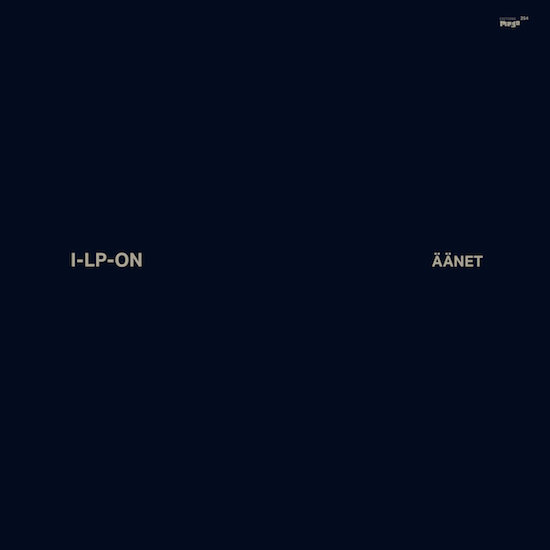Finnish duo Pan Sonic came up in the mid 90s along with the post-rave surge in electronic dance music. Although some of their releases would sit well enough in DJ sets of the time, their mindset was from a different generation: while others would align, mutate or blend emergent micro-genres, Ilpo Väisänen and Mika Vainio attended to the qualitative aspects of their music by extracting new compounds from available technology, just as the dub and industrial pioneers before them did. Consequently, they attracted collaborations not with their electronica peers but with older and often more transgressive audio activists including members of Suicide, Wire and Einstürzende Neubauten.
After a decade of regular, unmistakable releases, the duo slowed their output and last recorded together around 2010. By then, each was focused on other projects – Vainio on his solo work and Väisänen on Angel with Schneider TM. Unsurprisingly, given their appetites for experimentation, this post-Pan Sonic work would most often lavish its listeners with immersive electro-acoustics, leaving those of us still hungry for Pan Sonic’s skeletal beats and seismic low-end rarely sated. And then, last year, Mika Vainio passed away suddenly, aged just 53.
Perhaps when a close friend dies you become responsible for conserving their sensibilities. With Äänet, Väisänen seems to be doing just that. Having dedicated Angel’s full-spectrum sonic odyssey, 2017’s Entropien I, to Vainio, this latest solo album as I-LP-ON is “influenced by the life of Pan Sonic” and magically returns us to their arrays of rhythm and sound.
The first side’s five tracks immediately reinstate the duo’s private language. Raw recursive drum machines carve in and out of darkly modulating ambiences. As before, the productions maintain dub’s sense of space and disorientation with industrial’s sense of dread. Curiously, the second half has less insistent percussion and more environmental sounds, presumably drawn in part from the “(field) recordings from 2000 Pan Sonic world tour” that the liner notes tease, to lend a eulogistic narrative.
Pan Sonic’s music, though at times bleak, was not mournful. The circumstances behind this release can’t help but impose an elegiac quality, but in boldly bringing back Pan Sonic’s approach to electronic sound-making, Väisänen proves the work to be timeless – Äänet is a welcome continuation of their unique and much-loved sound.


